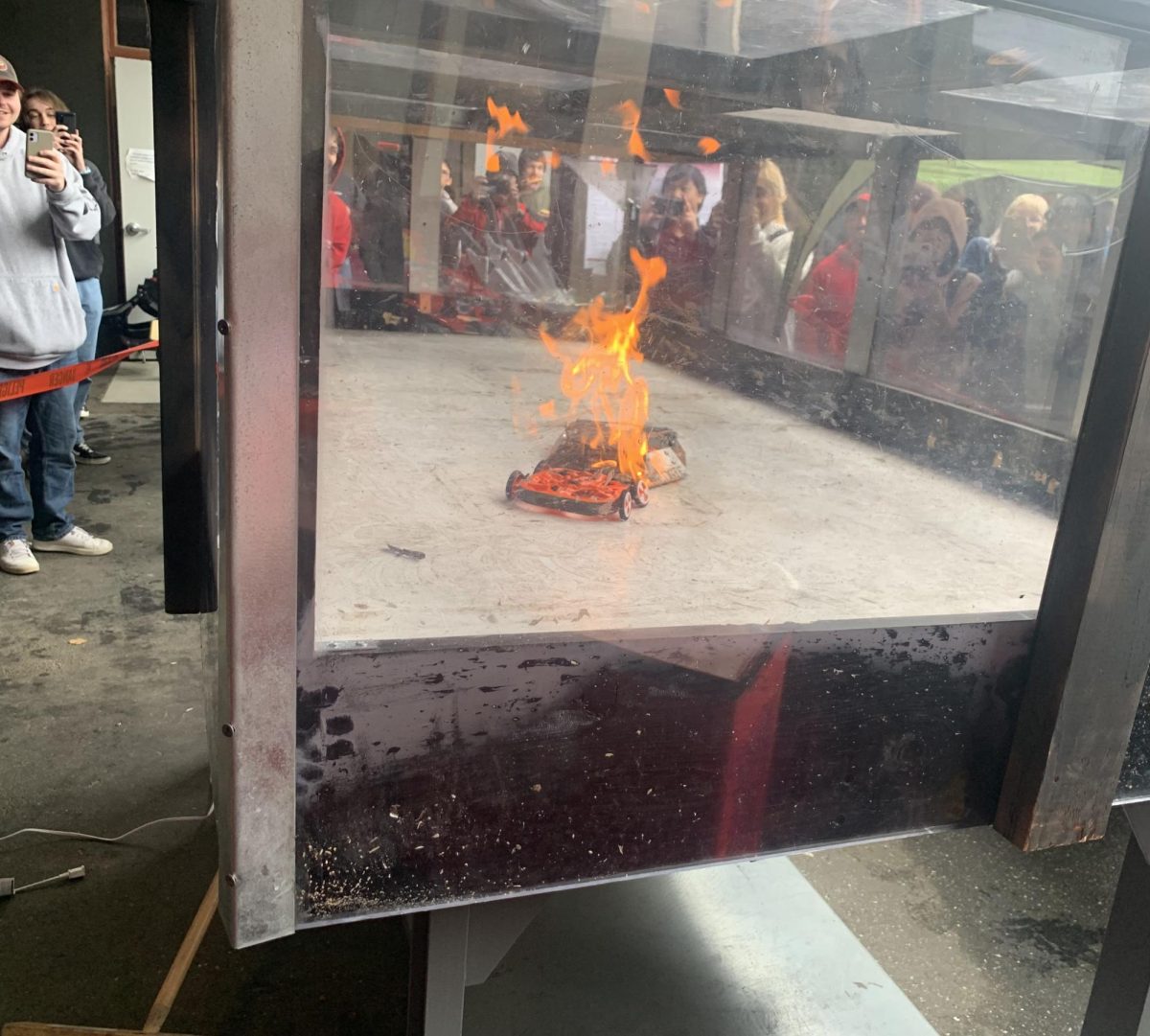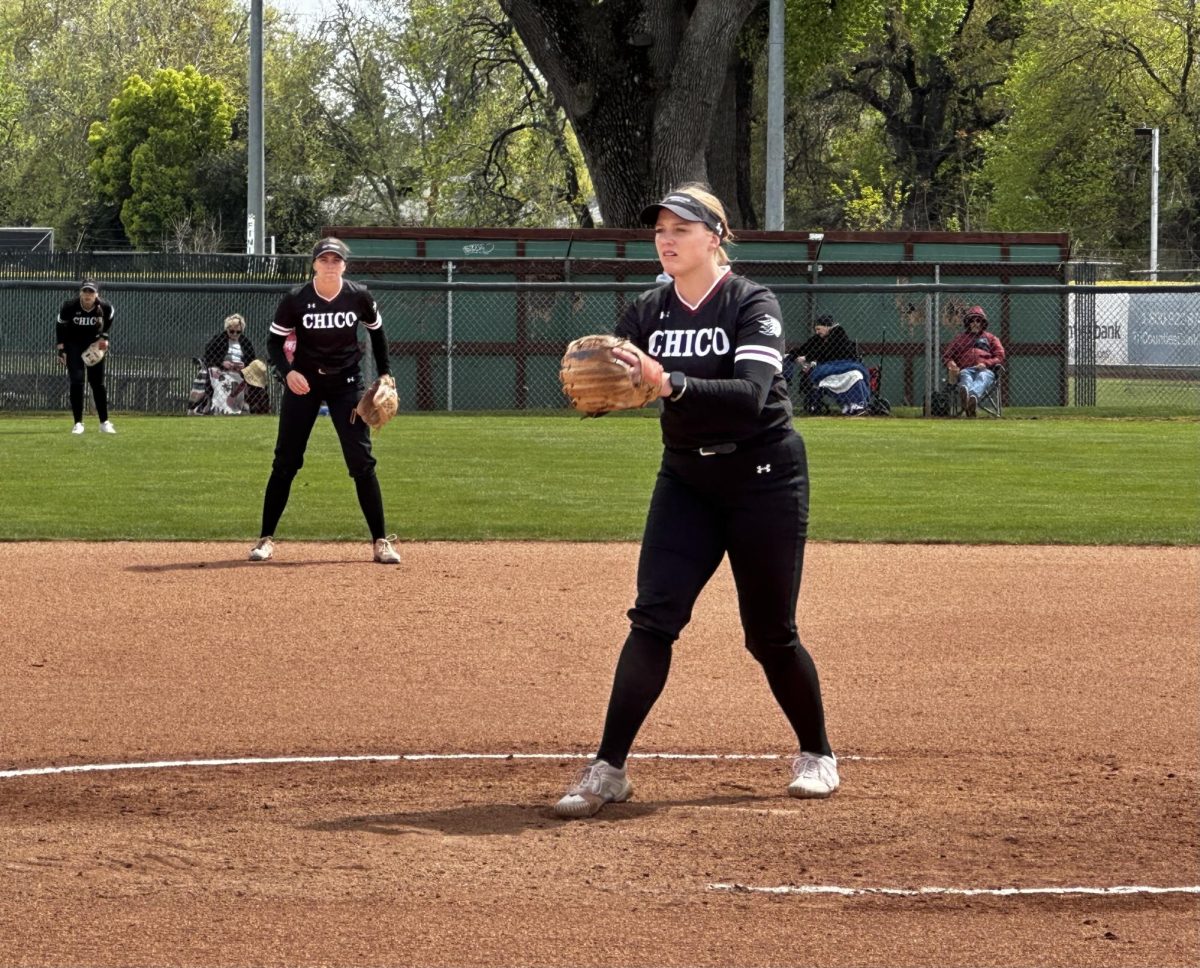
A sport originating with runners dashing from one church to another and prancing over streams and walls during the 1800s in England eventually became an event in track and field.
Steeplechase combines long-distance running with the skill of hurdling. During a 3,000-meter race, athletes must run 7.5 laps and clear 28 fixed barriers, or immovable hurdles, and seven water jumps.
“It’s the only race for distance running on the track that involves more skill than another event, like the 5K,” said head cross-country coach Gary Towne. “When you’re at a place where you are just on the edge of what you can do running-wise, and then you have to do the hurdles, you can get some pretty interesting scenarios.”
The steeplechase can be dangerous, as well as difficult, Towne said. He witnessed a woman athlete suffer a torn ACL while on the last lap of her race last year.
Towne is very familiar with the event because he ran the steeplechase when he was an athlete at Chico State. He went on to study more of the event itself and became the cross-country and distance coach, which he has been for the past 18 years.
Junior distance runner Alex McGuirk recently broke the Chico State record for the fastest 3,000-meter steeplechase, with a time of 8:50.03 at the Stanford Invitational.
“I usually try to sit back and stay relaxed that first 2K and move fast on the last kilometer,” McGuirk said. “But on Friday, it was my first race of the season so my kick wasn’t quite there yet, so I didn’t move till the last 600 meters.”
He finished second among many Division I athletes, and is one of two athletes qualified for the NCAA Nationals in Division II.
“The first water jump on every race I am a little nervous on, but after that I kind of settle down,” McGuirk said.
Sophomore Omar Pulido described the event as having “no pity on you, and if you go out of the gate too hard it will come back to bite you.”
The steeplechase was added to the women’s Olympic events in 2008.
The hurdle is shorter for women than men, making it much more difficult to get trajectory off their jump, said first-year student Montana Loveday.
“It’s really a combination of long-distance training and hurdle technique,” Loveday said. “One of the hardest parts for me is that the hurdles waste a lot of energy and it is tough to finish out the race.”
Steeplechase is one of the toughest events out on the track, and it can be extremely challenging for first-timers.
“The first time you run the steeplechase, it’s probably the most painful thing you could ever think of,” said Barron Maizland, a first-year student.
Chance Keenan can be reached at [email protected] or @chancelikelance on Twitter.












